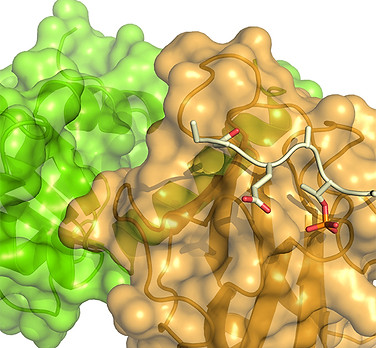
Chung et al (2010) NAR

DNA MISMATCH REPAIR
Failure to correct DNA damage predisposes to a number of severe genetic disorders. Therefore, cells posses repair mechanisms to correct damage or trigger cell death when it cannot be repaired. DNA mismatch repair pathway corrects errors that have escaped proofreading during DNA replication.
We study how MutL (a key protein in this pathway) coordinates the action of other mismatch repair and replication proteins.
Pillon et al: Mol Cell (2010); DNA Repair (2011); NAR (2015)
TN7 TRANSPOSITION
Transposons are widespread DNA elements that help spread antibiotic resistance, drive evolution and fitness. To maximize dispersal without compromising the integrity of the host, they carefully regulate target selection and transposition frequency.
Unlike most transposons, Tn7 has two distinct target selection mechanisms. We study how Tn7 balances these two mechanisms to explore their potential as genetic tools.
Shi et al (2015) Nucleic Acids Research


CELL CYCLE REGULATION
Transient protein-protein interactions are key to sense damage at replication forks and coordinate the checkpoint response. The Dbf4-dependent kinase (DDK) is a key mediator in these events. We study how Dbf4 regulates the activity of DDK and other cell cycle kinases using canonical and non-canonical interactions.
Since many of these kinases are up-regulated in cancer cells, understanding these interactions may provide new avenues to target their activity for therapeutic purposes.
Matthews et al (2014) JBC; Almawi et al (2016) Science Rep.